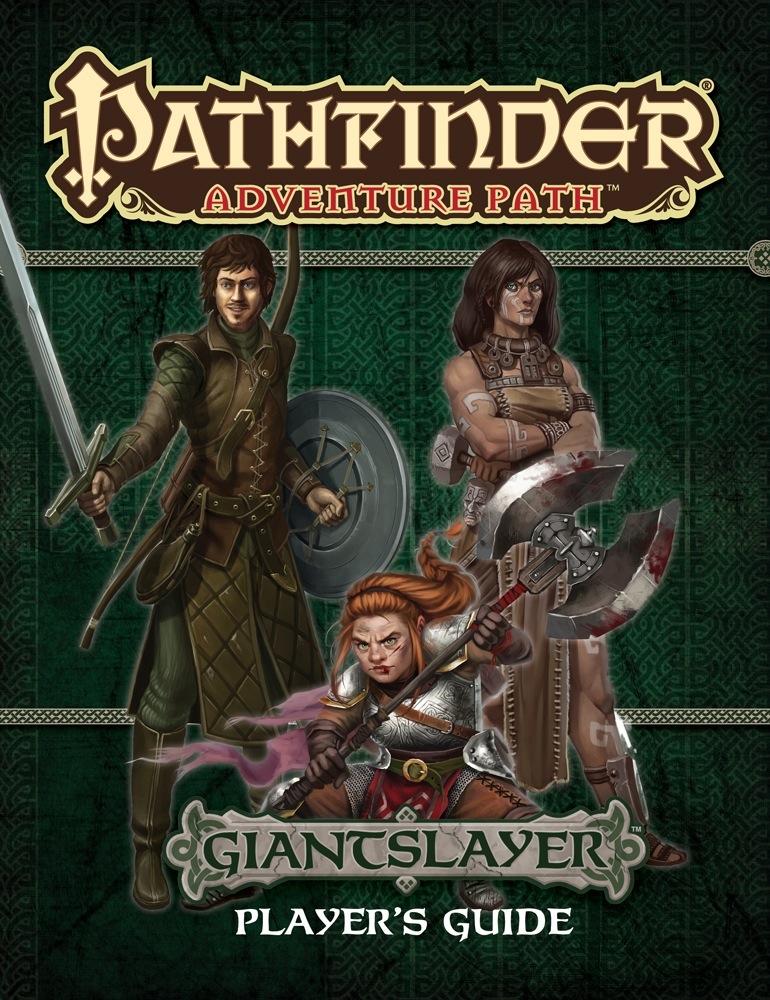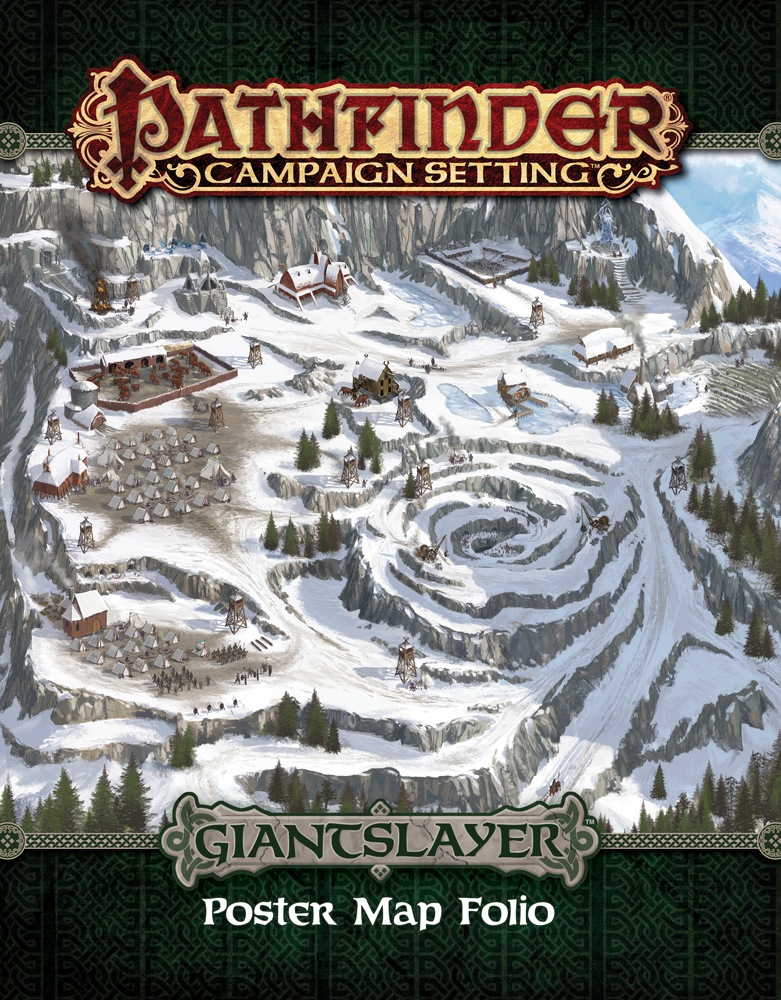When
Doctor Who began in
1963, its original purpose was to be an educational adventure series
to teach children history and science. It soon drifted away from that
purpose. Over the years, it has tackled a variety of different types
of stories, subjects, genres, and styles, though a focus on adventure
has always remained. And
during those years, some periods or individual episodes have stood
out more than the others. This week’s episode is one of those.
I
have loved Series 11 so far. It’s brought back a thrill for
watching Doctor Who
that I haven’t felt in a long time. “The Woman Who Fell to Earth”
and “The Ghost Monument” are
both great episodes, and I stand by that. But “Rosa” blows them
both away. It is, quite simply, one of the best Doctor Who
episodes ever.
It’s
also an episode that quite firmly returns to that original purpose to
be educational. Doctor Who
has often set stories in historical time periods, but “Rosa” is a
kind of historical the show hasn’t done in a long time. In the
first couple years, it was relatively common for stories to be what
have come to be called “pure historicals”. Stories like “Marco
Polo”, “The Aztecs”, and “The Reign of Terror” not only
took place in historical times, but also involved no science fiction
elements beyond the Doctor, his companions, and the TARDIS (and the
TARDIS was only involved as a means of landing them there and taking
them away at the end). There were no aliens, no other time travellers
trying to change history, no fantastical elements of any kind.
By
the end of William Hartnell’s time as the first Doctor, the pure
historical stories were already becoming less frequent, replaced in
favour of science fiction action stories. Patrick Troughton’s
second Doctor only had one pure historical, his second story, “The
Highlanders” in late 1966. The next pure historical wasn’t until
1982’s “Black Orchid” with Peter Davison’s fifth Doctor.
And
there hasn’t been one since.
However,
over the years a type of story now often referred to as a
“pseudo-historical” started to appear occasionally—a story set
in some period of history, but which also included science fiction
elements such as
changing history (like “The Time Meddler” from 1965) or aliens
(“The Time Warrior” from 1973). The degree of focus given to the
period can vary, but it is always at least part of the backdrop.
Since
2005, one form of historical story that has become popular is the
“celebrity historical”, which not only takes place in the past,
but also involves some well-known figure from that time, like Charles
Dickens in “The Unquiet Dead” or Agatha Christie in “The
Unicorn and the Wasp”. However,
all the celebrity historicals since 2005 have also been
pseudo-historicals.
“Rosa”
is not a pure historical. However, it is the closest Doctor
Who has come to one since “Black
Orchid”. While it does have science fiction elements, they are
minimal, and the historical story of Rosa Parks remains at the
forefront. Obviously, however, it is a celebrity historical.
“
Rosa”
is not an easy episode to watch. It will make you uncomfortable (at
least, I hope it does). It’s designed to make you feel
uncomfortable. It shows a frank and brutal depiction of Montgomery,
Alabama in the 1950s, pulling little in the way of punches, apart
from softening some of the language to keep it viewable by children.
It is definitely the most real
historical the show has had since 2005, possibly
that it has ever had. It powerfully depicts the reality of the racism
that existed at the time, while also reminding us of the racism that
still exists today. It offers hope for a better future, while also
reminding us that we have to remain vigilant and that change takes
work. The world we live in today may be better in some ways than it
once was, but it’s not perfect.
Tackling
a sensitive topic like Rosa Parks and the rise of the Civil Rights
Movement in the United States is not an easy task for any show, but
especially for a show like Doctor Who
which deals frequently with time travel and manipulation, and that
has a white lead character. It could easily go very wrong—easily
become a “white saviour” story (a story in which a white
character rescues people of colour from their plight).
Of
course, as a white person myself, I am not really the most qualified
to evaluate how well “Rosa” succeeds in presenting its material
with sensitivity,
and how well it avoids potential problems. As such, before writing
this, I made a point of checking out what several black Doctor
Who fans on Twitter (including , , , and ) had to say. On
the whole, their responses have been very positive. The thoughts and
opinions in this review are my own, but I have tried to measure my
opinions with those of the people most affected.
It
should be noted, too, that “Rosa” is written by Malorie Blackman
(with a co-credit by Chris Chibnall), who is the first person of
colour ever to write for Doctor Who.
The fact that Doctor Who
has taken so long to have a non-white writer is rather depressing,
and it is perhaps appropriate that Blackman write an anti-racist
story at this time, as Doctor Who
struggles to break down its own systemic barriers.
SPOILERS
FOLLOW











